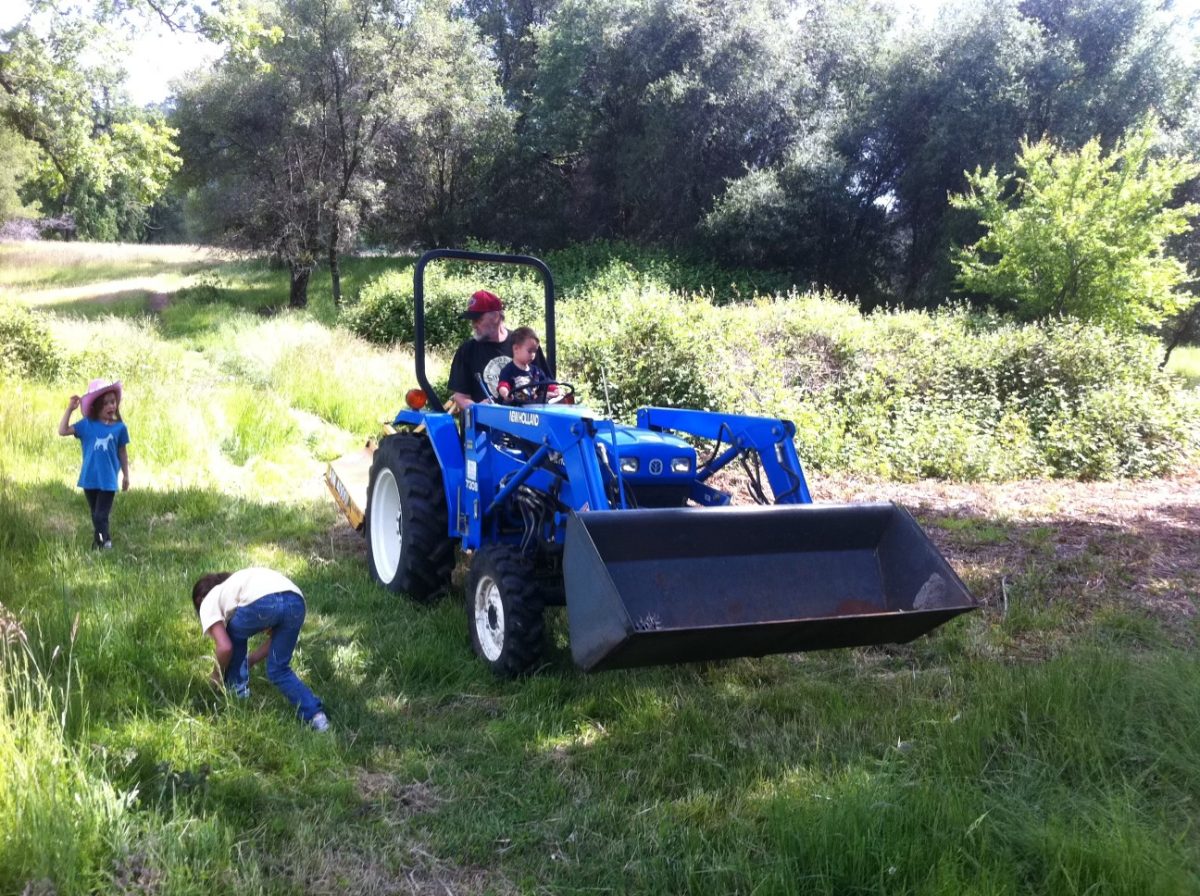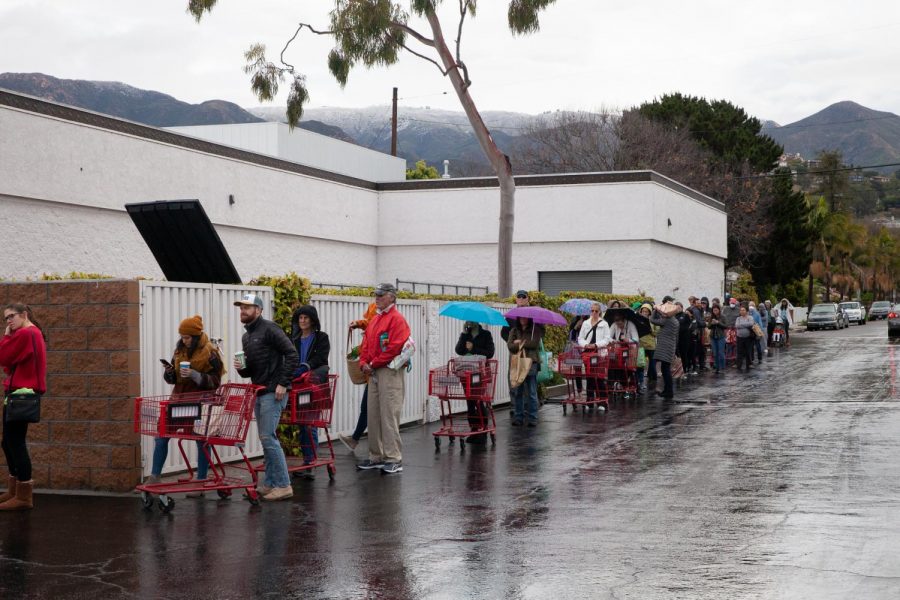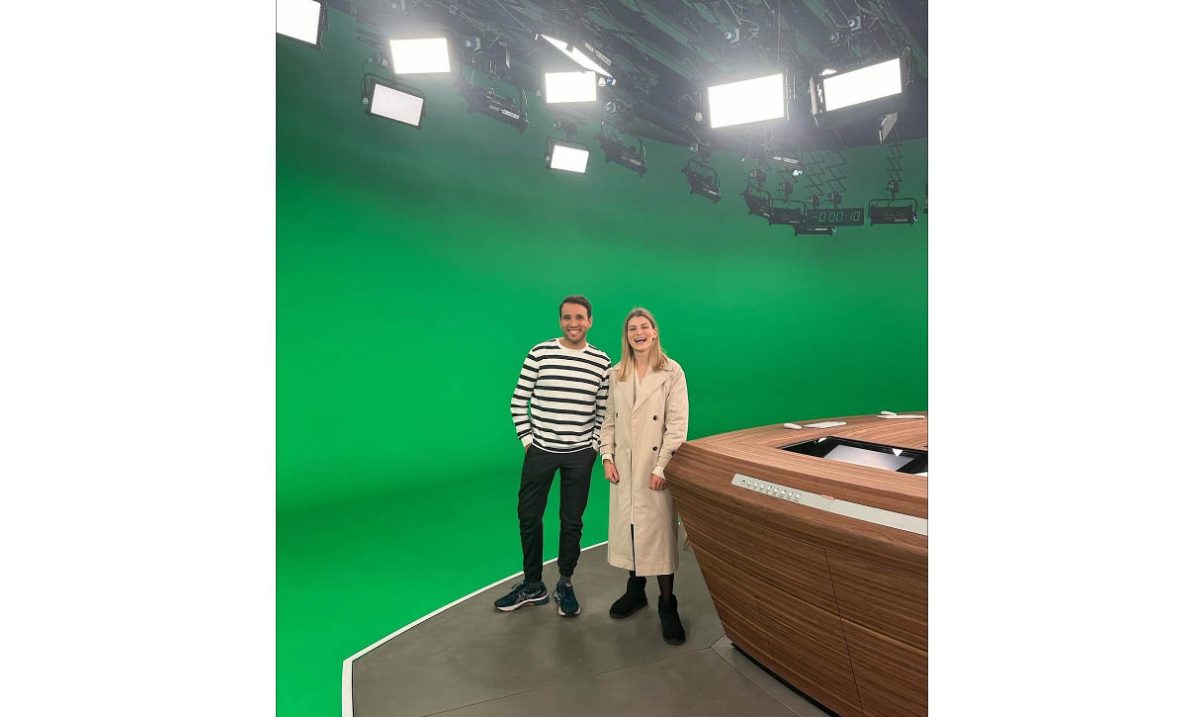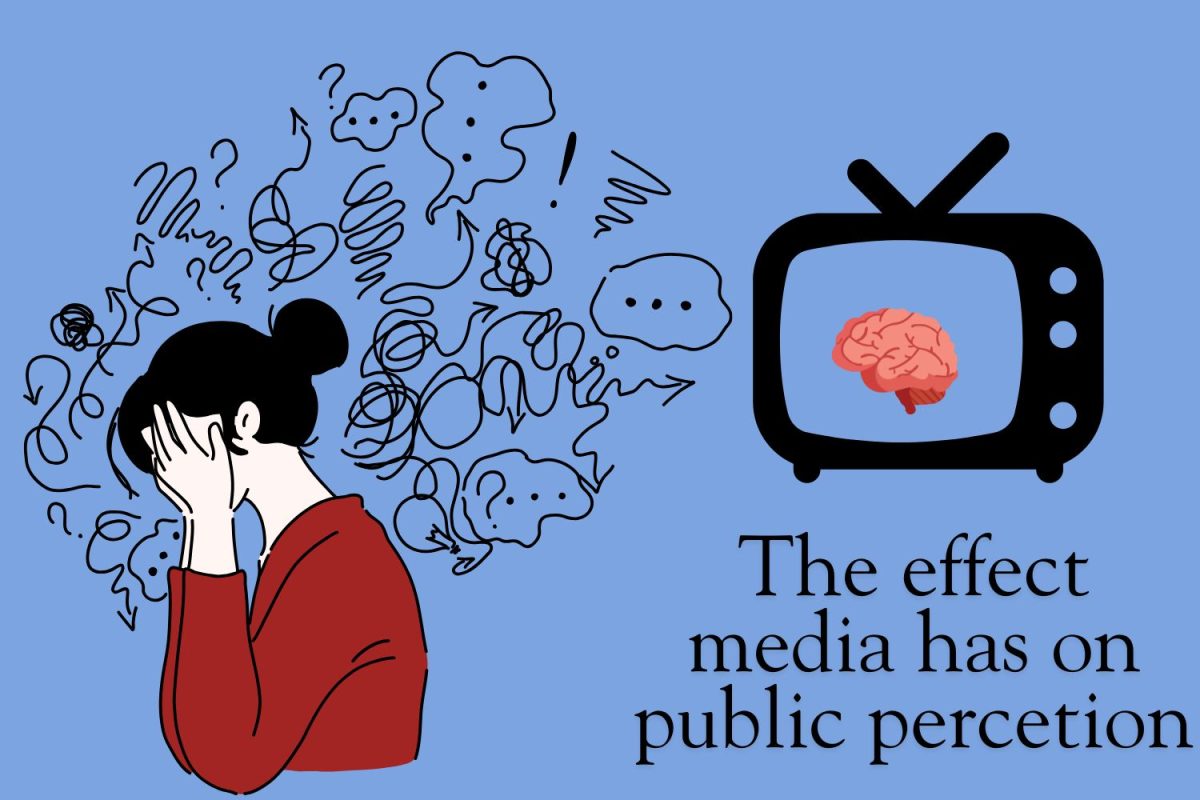 One of my earliest memories as a kid was running through the gates of the San Francisco Zoo, right as the doors opened. The drizzling Bay Area weather wasn’t enough to stop me from spending the entire day there, parents willing.
One of my earliest memories as a kid was running through the gates of the San Francisco Zoo, right as the doors opened. The drizzling Bay Area weather wasn’t enough to stop me from spending the entire day there, parents willing.
For as long as I can remember, I’ve been fascinated by animals. A perfect ending to a day at the zoo was coming home and binging nature programs like “The Crocodile Hunter,” “Zoboomafoo” or “Walking with Dinosaurs.”
I often get negative feedback when I tell people I volunteer at the Santa Barbara Zoo.
Many people are under the misapprehension that zoos are more in line with a circus— a place where animals are kept for the amusement of the general public instead of living life in their natural habitat.
But that simply isn’t the case.
As the zoo’s behavioral enrichment aide, I get to create enrichment for the zoo’s menagerie of species.
A memory that stuck out to me was creating a cake out of frozen meat for one of the snow leopards. The wild snow leopard population has been decreasing, so zoos implementing captive breeding programs are essential to the species’ survival.
Volunteering at the Santa Barbara Zoo has opened my eyes to how much time and effort the animal care team puts in to ensure the wellbeing of these animals.
Zoos and aquariums have come a long way since the concrete-cell exhibits of the 20th century, and nowadays are more devoted to the research and conservation of the animals they house.
These zoos are accredited by the Association of Zoos and Aquariums, unlike the roadside for-profit zoos you sometimes hear about in the news. AZA accreditation is given to a facility after a rigorous review of how the animals are treated.
Granted, zoos wouldn’t need to exist in a perfect world. On paper, keeping animals in captivity in facilities hundreds of thousands of miles away from their natural habitat seems unethical and cruel.
However, zoos are a saving grace in a world where habitat destruction, poaching and climate change threaten the population of wild animals.
Captive breeding programs stemming from the research of conservationists around the world ensure a future for species whose wild population are dwindling.
The Santa Barbara Zoo has assisted in saving a plethora of species from extinction such as the Amur Leopard, Golden Lion Tamarin and California Condor.
Zookeepers are constantly tending to these animals’ needs from dusk till dawn. Each animal has a specific diet and enrichment to keep them stimulated and happy.
Despite all the care and research that goes on behind the scenes, zoos are still met with protest.
In fact, I’ve had signs from protestors toting phrases such as “Animals Are Not Entertainment!” and “Free the Prisoners!” waved at me in anger as I walked through the zoo’s gates.
Some of the signs even likened animals living in captivity to slavery, which is frankly insensitive.
In the face of our planet’s sixth mass extinction, facilities like zoos and aquariums are the last defense to maintain Earth’s biodiversity.
Without zoos, future generations may never have the change to gaze up at a towering giraffe, or see the sheer power of a silverback gorilla in person.
We should look for a solution that gets rid of the need for conservation, instead of attacking the organizations that are working to preserve these magnificent animals who have roamed the earth long before we got here.











